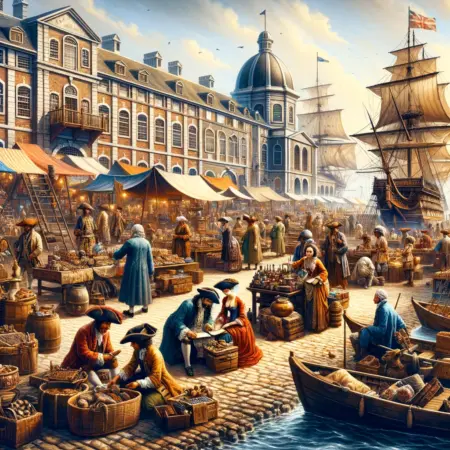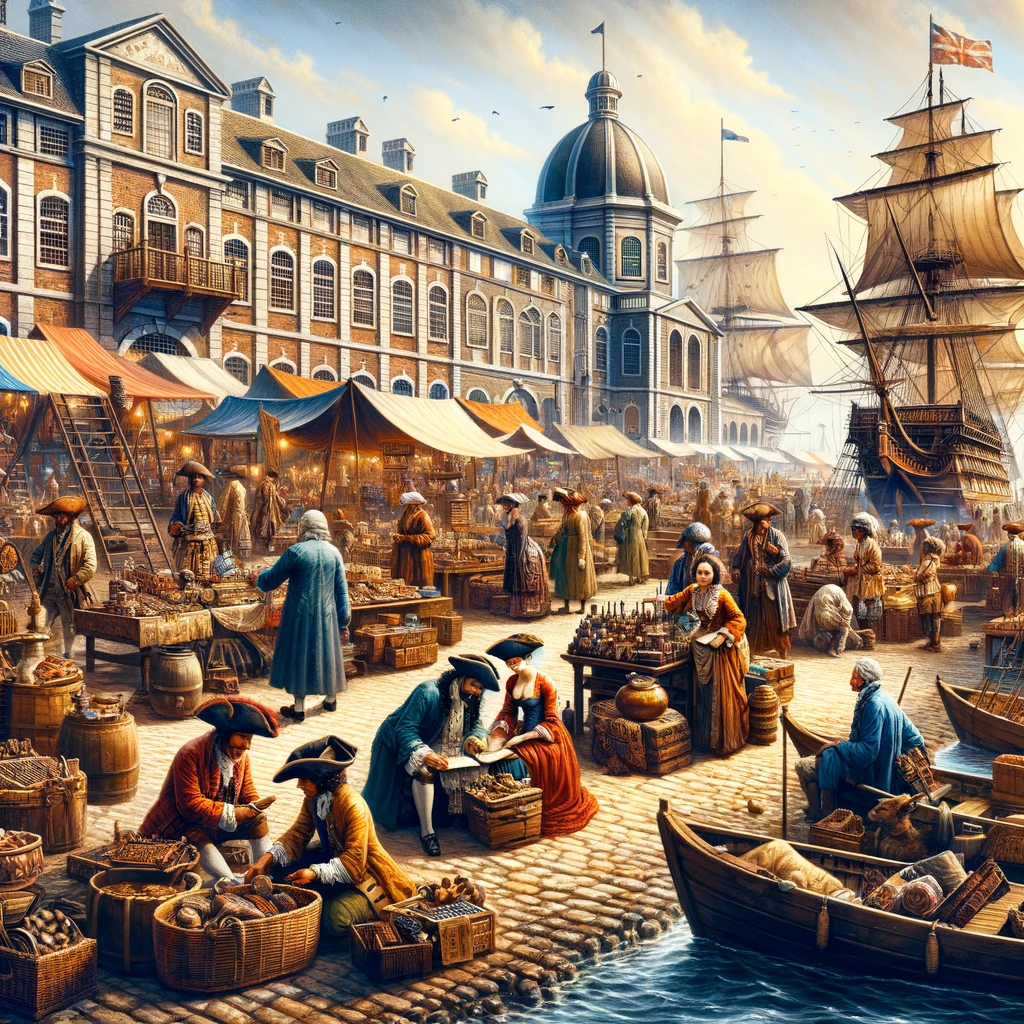In general, the definition of a trading company is a form of company engaged in the trading of goods in which its main activity is buying, storing, and reselling merchandise for profit without adding value to these goods.
In other words, a trading company buys an item with the aim of reselling it at a higher price without the need to add value to the item. In this case what is meant by providing added value is to process, change the shape / nature of the goods, so that the sale value is higher.
The advantage obtained by the company is the difference in the price of buying and selling goods. As for several types of goods traded including;
- Raw material
- Semi-finished goods
- Finished goods
- Commodity goods
- Industrial products
Characteristics of Trading Companies

A company’s form can be recognized by its characteristics and characteristics. The characteristics and characteristics of companies engaged in trade are as follows:
- Its main activity is buying, storing, and reselling merchandise.
- The company does not carry out a production process for goods sold.
- The profits derived from sales are less the purchase costs and operational costs.
- The form of business carried out is buying and reselling merchandise without any processing.
- Accounting activities at this company use an inventory account, where the calculation of cost of goods sold and income statement uses the single step and multiple step forms.
A trading company typically has several key characteristics which can be outlined in a tabular format guide. Here’s a basic table to illustrate these characteristics:
| Characteristic | Description |
|---|---|
| Type of Business | Primarily involved in buying and selling goods. |
| Goods Handled | Deals with a wide range of products or specializes in certain types of goods. |
| Supply Chain Role | Acts as an intermediary between manufacturers and customers. |
| Global Reach | Often operates internationally, importing and exporting goods across borders. |
| Market Knowledge | Possesses extensive knowledge about market demands, trends, and pricing. |
| Customer Relations | Builds and maintains relationships with both suppliers and buyers. |
| Inventory Management | Manages stock levels effectively to meet customer demand without overstocking. |
| Logistics and Distribution | Efficient in organizing the transportation and distribution of goods. |
| Regulatory Compliance | Adheres to local and international trade laws and regulations. |
| Financial Management | Skillful in managing finances, including foreign currency transactions. |
| Risk Management | Identifies and manages risks associated with international trade. |
| Technology Utilization | Employs technology for inventory management, customer relationship management (CRM), and market analysis. |
This table provides a general overview of the typical characteristics of a trading company. Depending on the specific context, additional details or characteristics might be relevant.
Types of Trading Companies
In general, the forms of companies engaged in trade can be divided into two types, namely:
1. Based on Empowered Products
- Production Goods, namely companies that trade products in the form of raw materials as raw materials to make products or production equipment to produce new products. For example; lathes, threads, logs, and others.
- Finished Goods, namely companies that trade in finished products or products that are ready for use by consumers. For example; clothes, television, tables and more.
2. Based on Types of Consumers
- Large Companies (Wholesalers), namely companies that buy products directly from factories in large quantities, and how to sell them in large quantities as well. For example; wholesaler.
- Intermediary Companies (Middleman), namely intermediary companies that buy merchandise in large quantities and resell to retail companies in moderation. Example; sub-wholesaler.
- Retail company / retailer (retailer), which is a company that deals directly with end consumers where consumers can buy goods in retail. For example; supermarkets, kiosks, stalls.
Main Activities of Trading Companies
This form of company has several main activities that are interconnected with one another. Referring to the understanding described above, the main activities of the trading business are as follows:
- Purchases, namely company activities which include the purchase of company assets, purchase of merchandise, and purchase of other goods for business activities.
- Spending money, namely the activities of companies that spend money to buy goods / services, pay taxes, pay debts, and other needs related to business activities.
- Sales, i.e. the activities of a company selling merchandise to obtain income or profits.
- Receiving money, which is the company’s activities related to the sale of goods. Sales of goods will be accompanied by receipt of money obtained from payments, payments, receivables, sales of goods, and others.
Example of a Trading Company
There are many examples of trading companies around us, including the following:
| No. | Company name | The type of company | Goods for sale |
| 1 | PT. Bestoolindo | Wholesaler | Engineering Equipment / Mechanical Equipment. Kennedy, Senator, Sherwood, Oxford, Tuffsafe, Yamaloy, Edison, Matlock, Indexa, Osaki, Q-Torq, Atlas, Sherlock, and others. |
| 2 | PT Indomarco Prismatama (Indomaret) | Retailers | End consumer needs, ranging from basic, secondary and tertiary needs. |
| 3 | PT Matahari Putra Prima Tbk (Hypermart) | Retailers | Household needs for end consumers. Foodstuffs, clothing, etc. |
| 4 | PT Hero Supermarket Tbk (Hero Supermarket) | Retailers | End consumer goods. Foodstuffs, clothing, etc. |
Thus a brief explanation of the understanding of trading companies, characteristics, types, and examples. Hopefully this article is useful and broadens your horizons.
